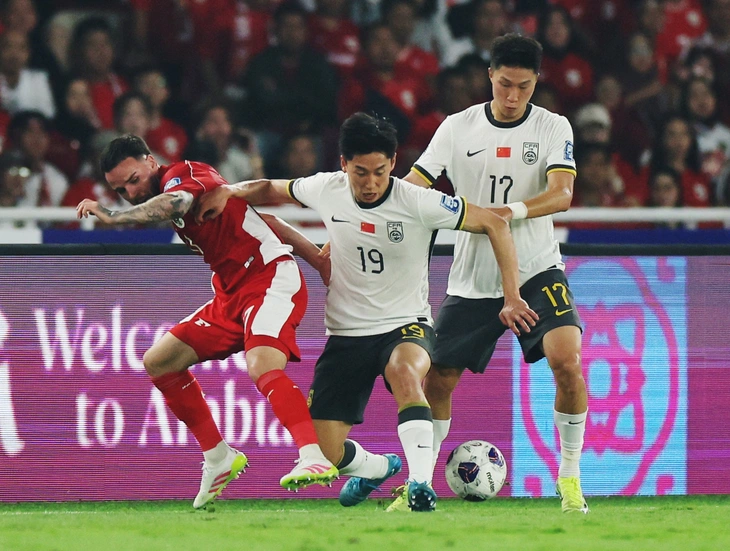
China (white shirt) lost shamefully to Indonesia - Photo: REUTERS
World Cup winning plan
In 2015, China launched the “World Cup 2050” project. The General Administration of Sports of China is the agency responsible for the project. However, media reports believe that President Xi Jinping himself initiated the plan.
This plan is divided into 3 phases, with specific goals as follows:
1. Short term (by 2020) : Football becomes an attractive entertainment market, and is also strongly popular in the education system. Build 20,000 academies and 70,000 football fields. Have 50 million football players (children and adults).
2. Medium term (by 2030): The national team becomes one of the strongest in Asia. China becomes a World Cup host or at least a regular participant.
3. Long term (by 2050): China becomes a world football superpower and wins the men's World Cup.
Developing the China Super League (CSL) is the first step in China's short-term goals, and also the easiest.
Even before the 2050 project was launched, the CSL had begun to accelerate its development as clubs brought in many foreign stars. From 2013 to 2015, Chinese clubs spent more than 200 million USD to buy foreign players.
And after the 2050 project was officially launched, the CSL "bomb" exploded. In the 2015-2016 season, CSL clubs spent a total of 350 million USD to buy foreign players. By the 2016-2017 season, this amount increased to 450 million USD.
How much money has been spent?
According to Transfermarkt, since then, clubs have poured $2.1 billion into the transfer market to buy foreign stars, mainly from Europe and South America.
The transfer fees still cannot compare with the huge salary that CSL teams have to pay for those stars.
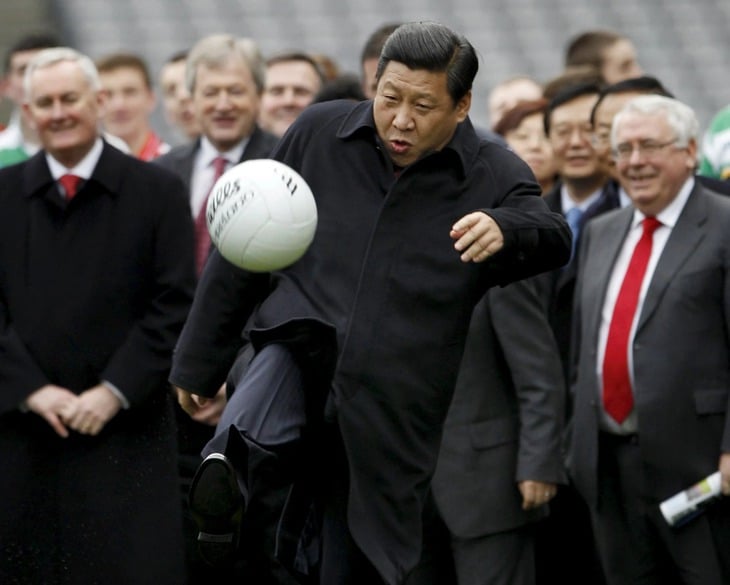
Chinese President Xi Jinping is very fond of football - Photo: REUTERS
According to SCMP , in 2015 alone, the salary fund of CSL clubs suddenly swelled to 1.2 billion USD. And from 2015 to now, the clubs of the tournament have had to pay a total of 12.2 billion USD in salaries to football stars, most of whom are foreign players.
Oscar alone cost Shanghai Port Club about 230 million USD in salary during his 7 years playing football in China.
And remember, the CSL expansion plan is just part of the Chinese government's short-term goals.
In the short term, China is also building many football academies, stadiums, and other football-related infrastructure.
According to China Daily, over the past 10 years, China has spent about 13.3 billion USD on these expenses.
Thus, from 2015 to present, Chinese football has received a total of about 27.6 billion USD for purchasing foreign players, paying their salaries, as well as building infrastructure.
This figure could reach $30 billion if bonuses, the national team budget, and other investments are included.
Sadly, their "mid-term" plan has almost completely failed. Having failed to qualify for the 2026 World Cup, China will have to wait another four years to dream of a ticket to the most attractive tournament on the planet.
As for the long term plan? It's a joke to talk about it now.
Source: https://tuoitre.vn/vi-sao-da-chi-hon-30-ti-usd-trung-quoc-van-khong-vuc-day-noi-bong-da-20250606105632725.htm



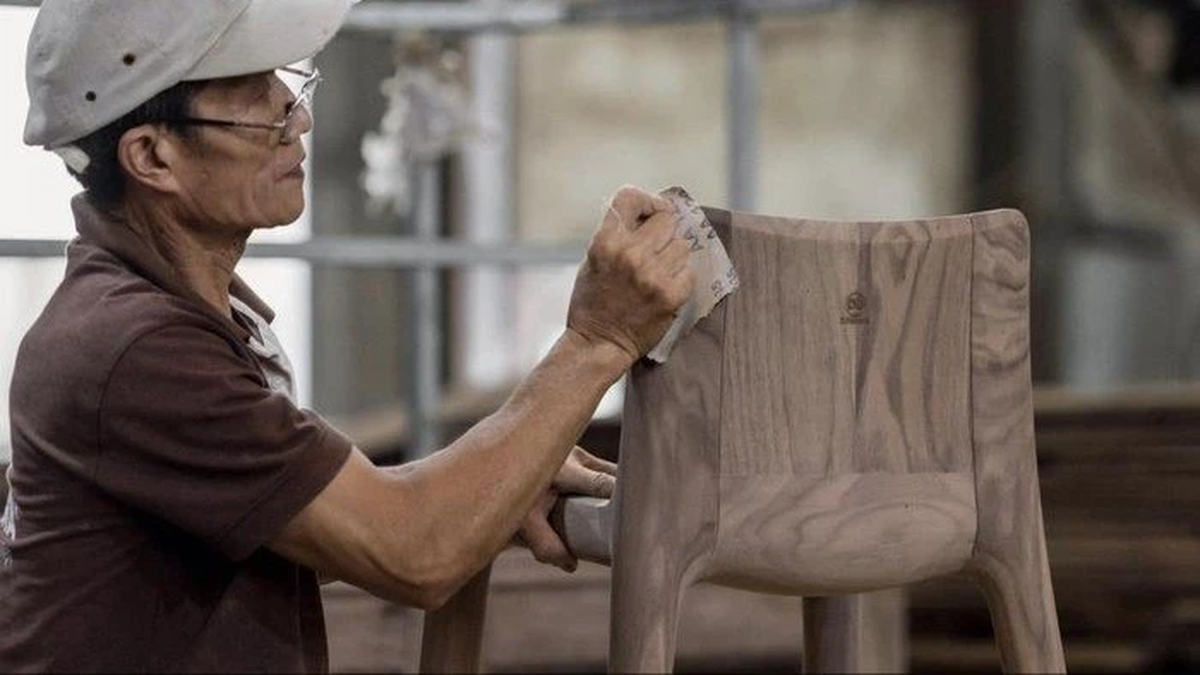




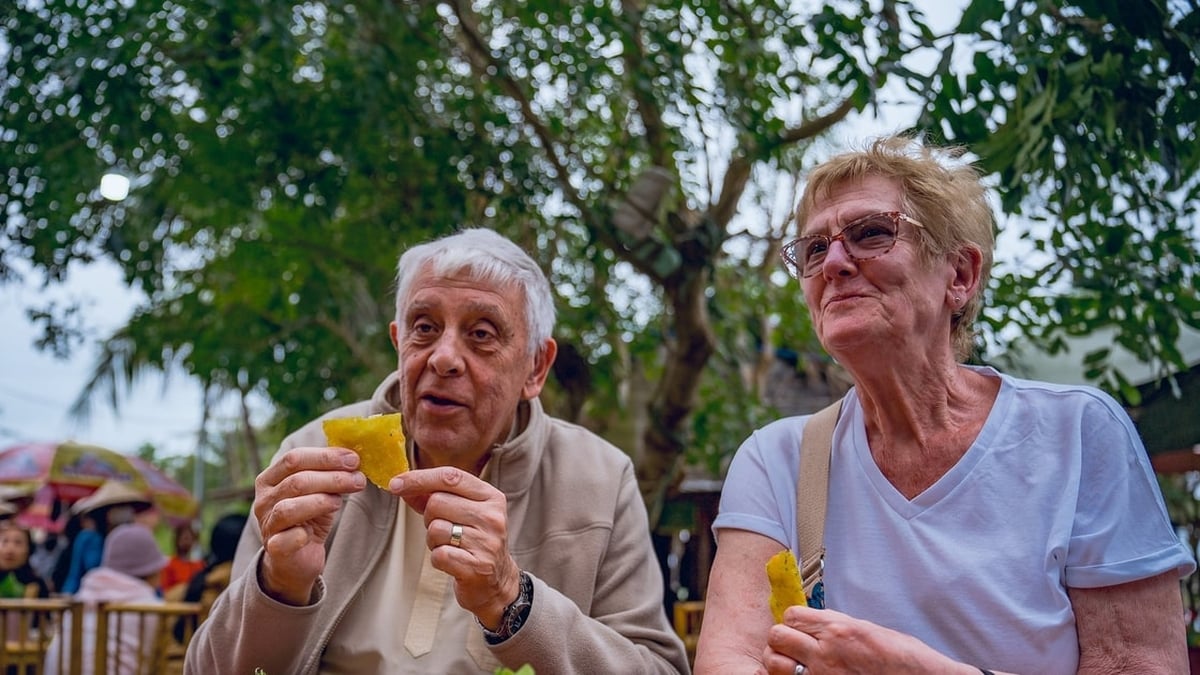
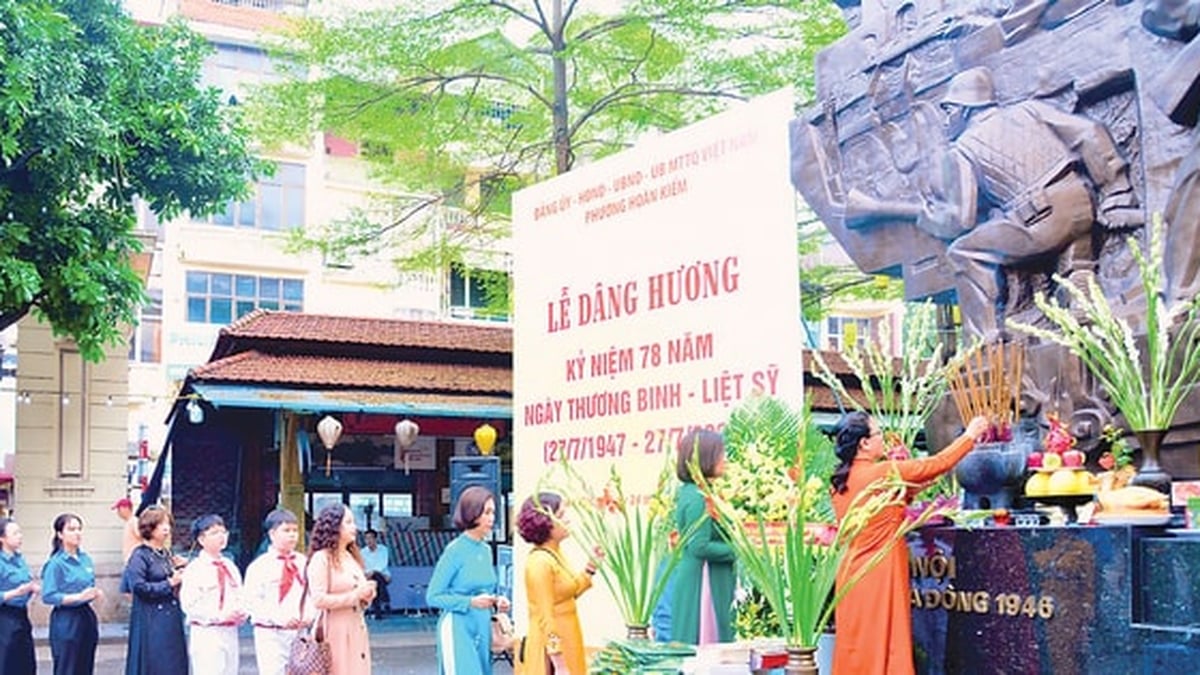












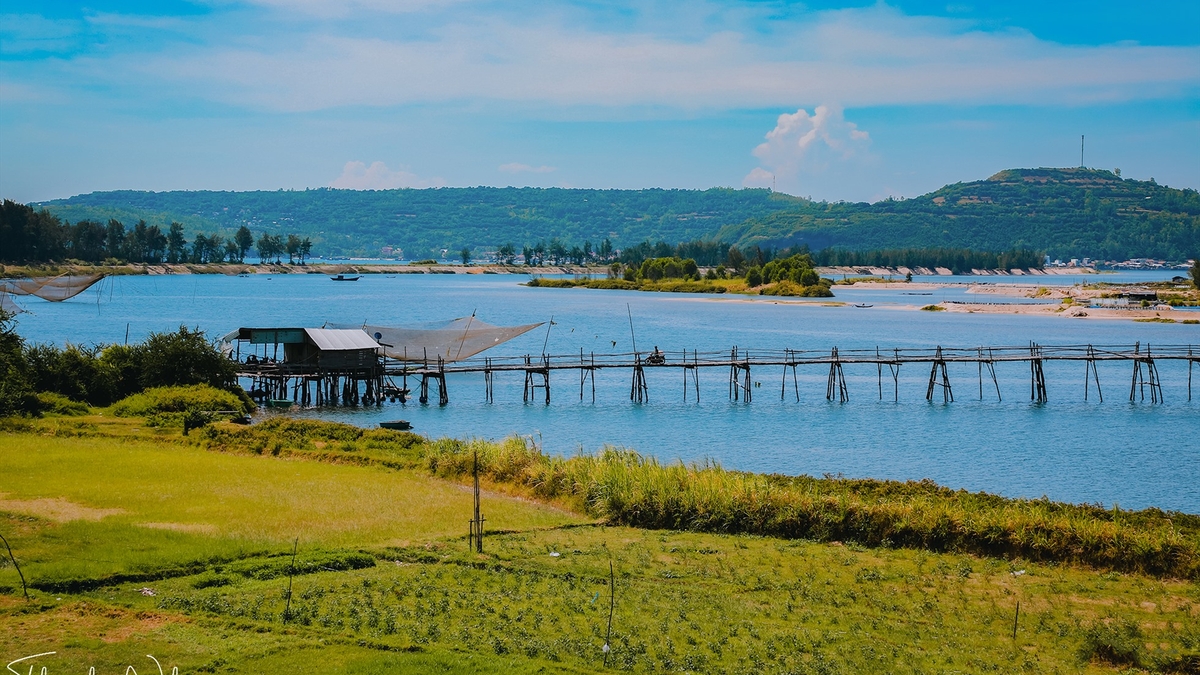

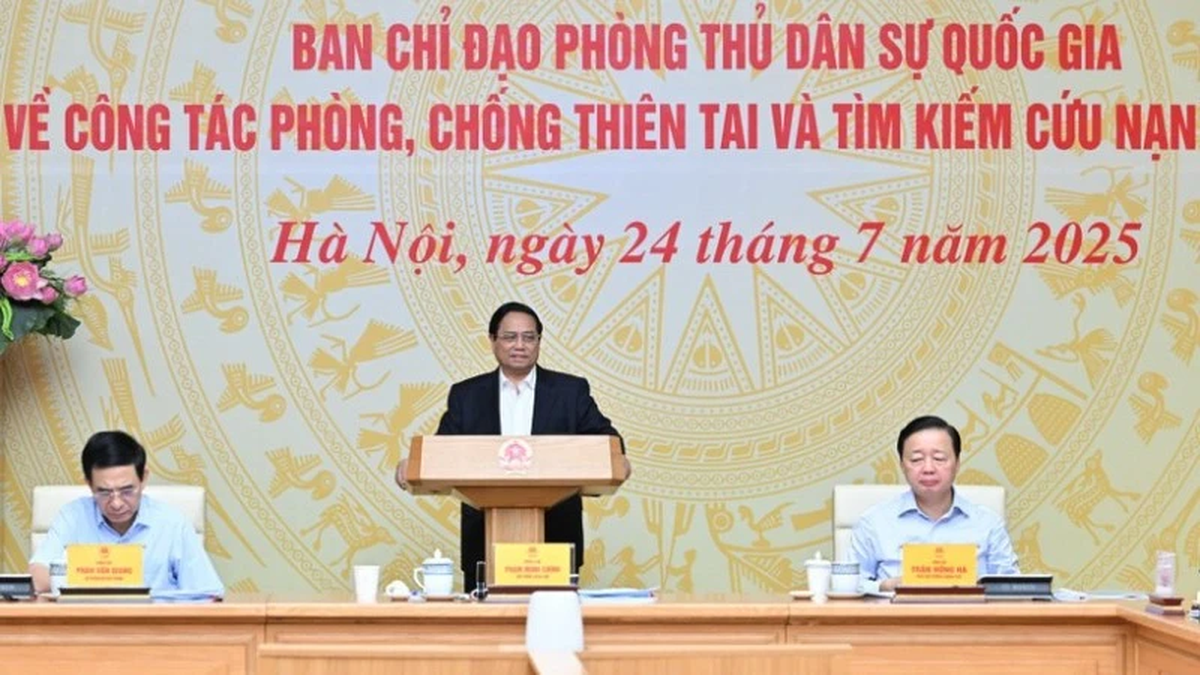
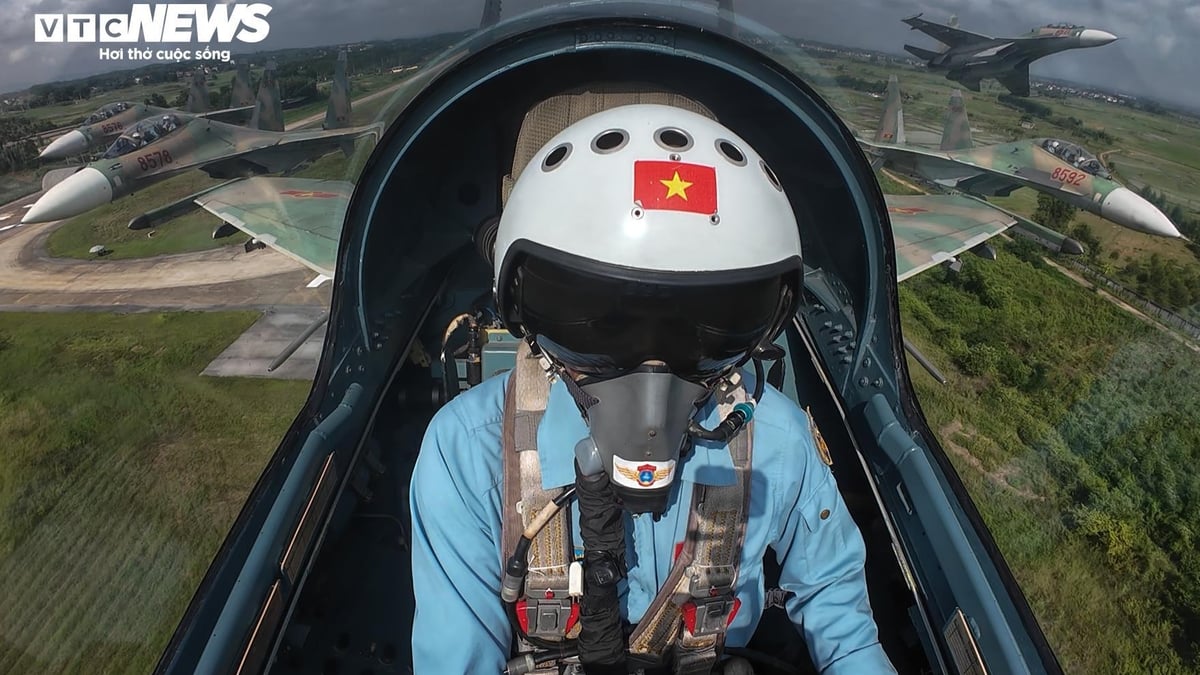
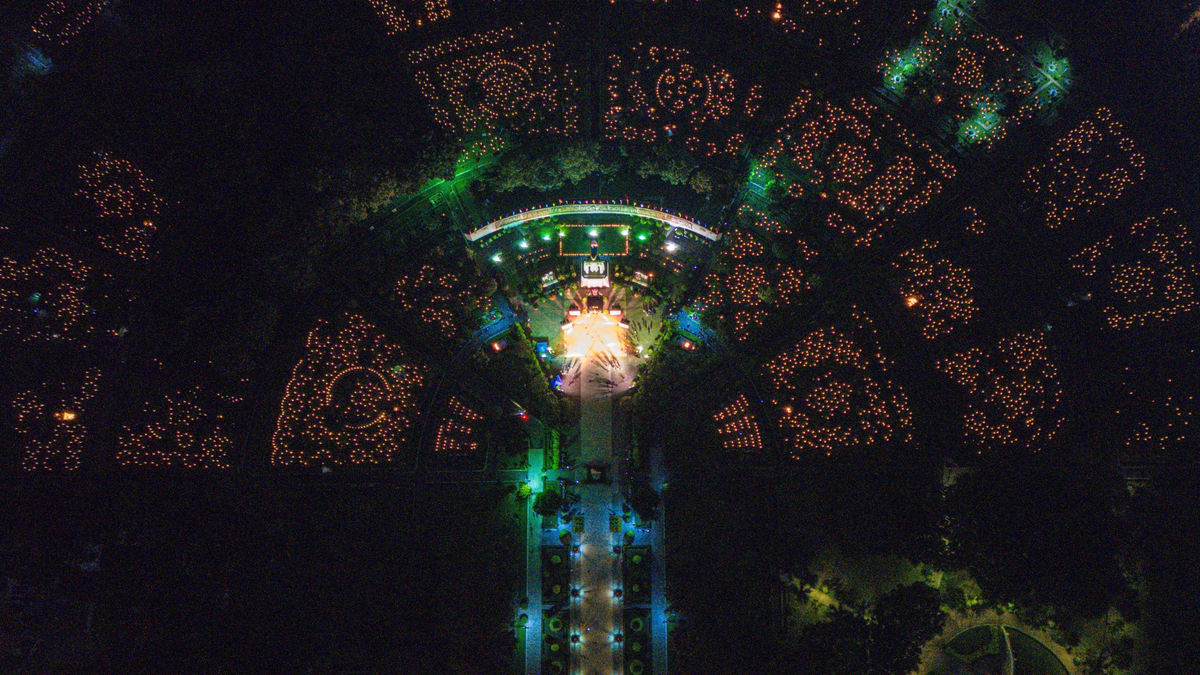
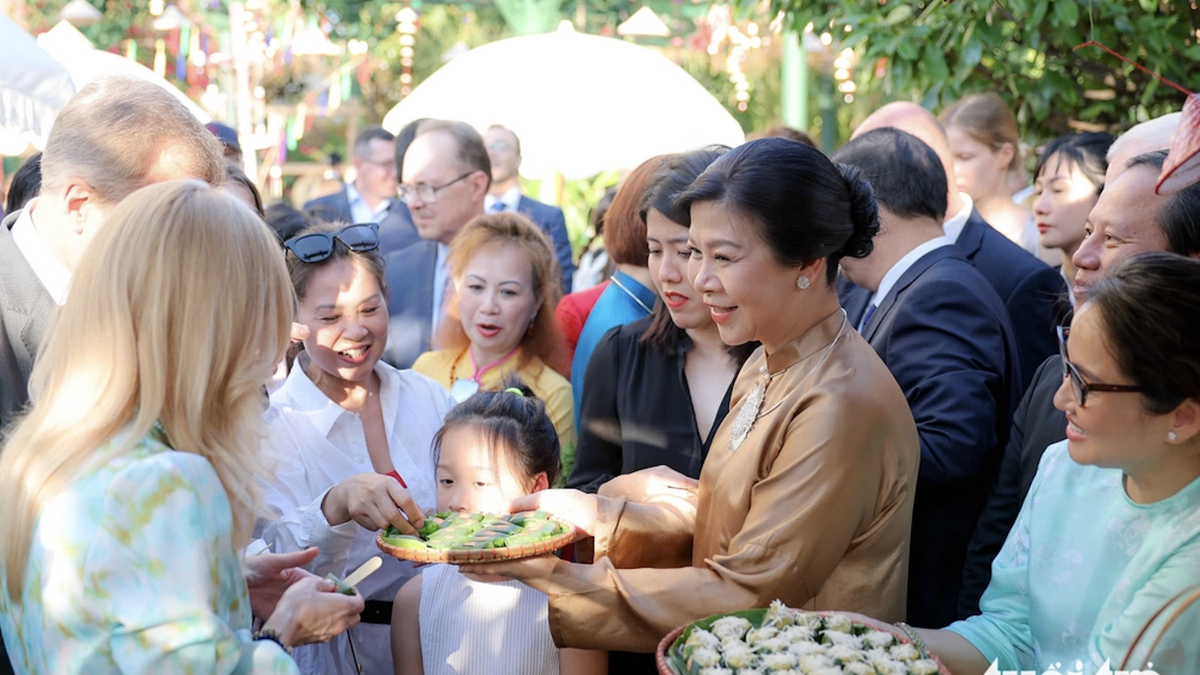

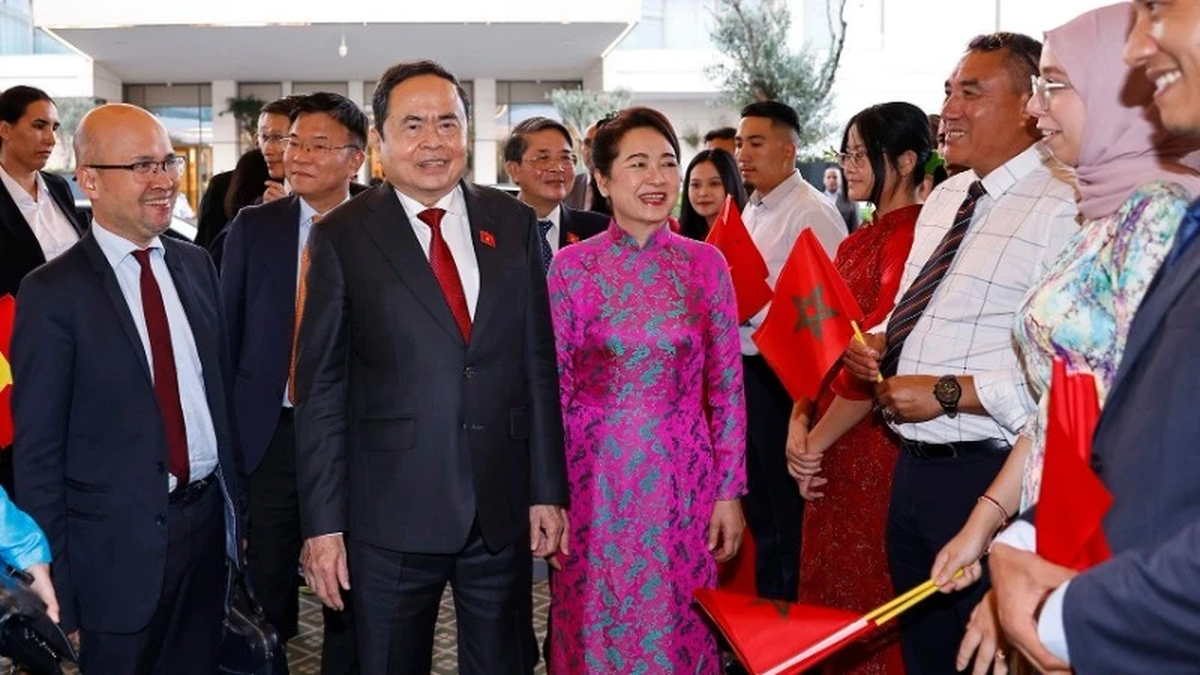





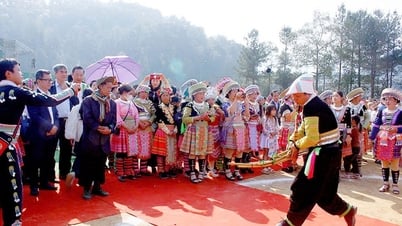



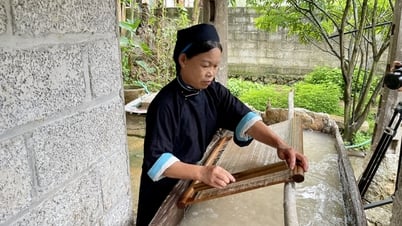



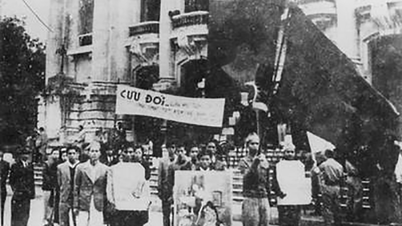









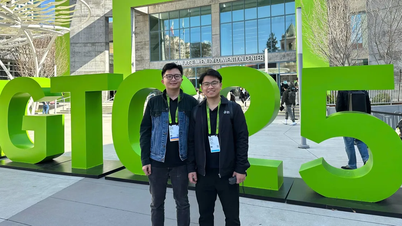












![[Photo] National Assembly Chairman Tran Thanh Man receives Chairman of Morocco-Vietnam Friendship Association](https://vphoto.vietnam.vn/thumb/402x226/vietnam/resource/IMAGE/2025/7/26/b5fb486562044db9a5e95efb6dc6a263)
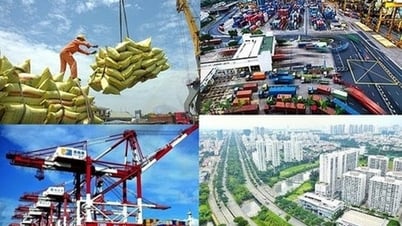

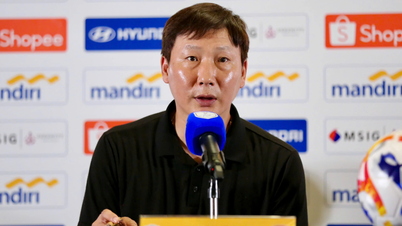

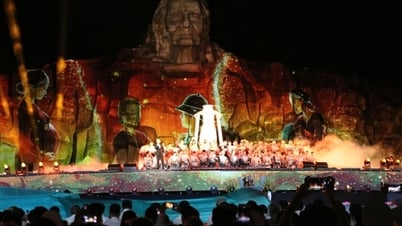


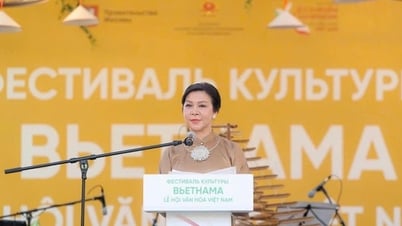
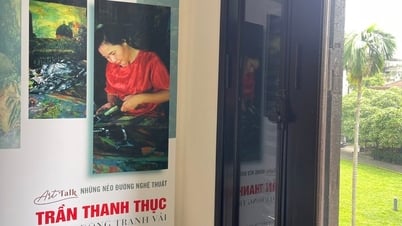
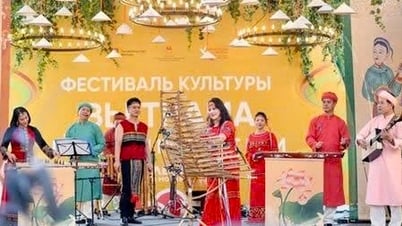


















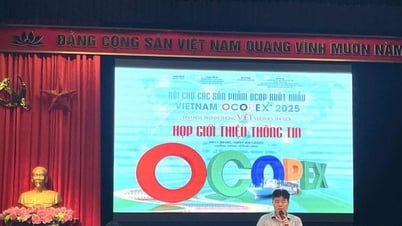






Comment (0)